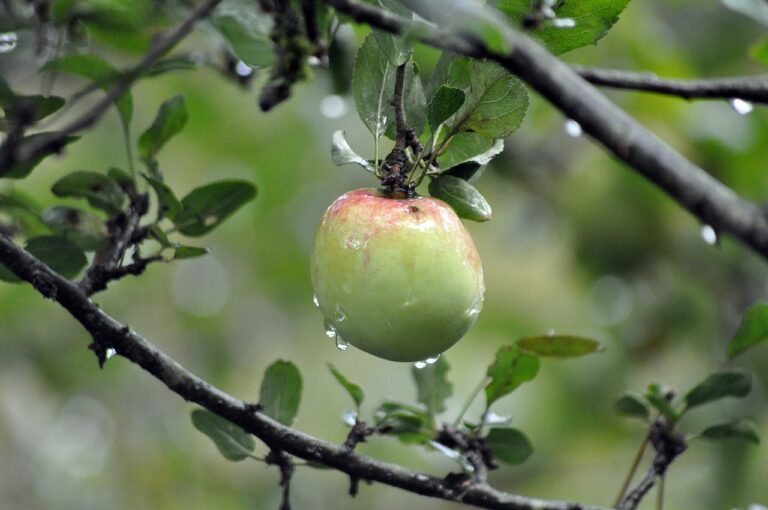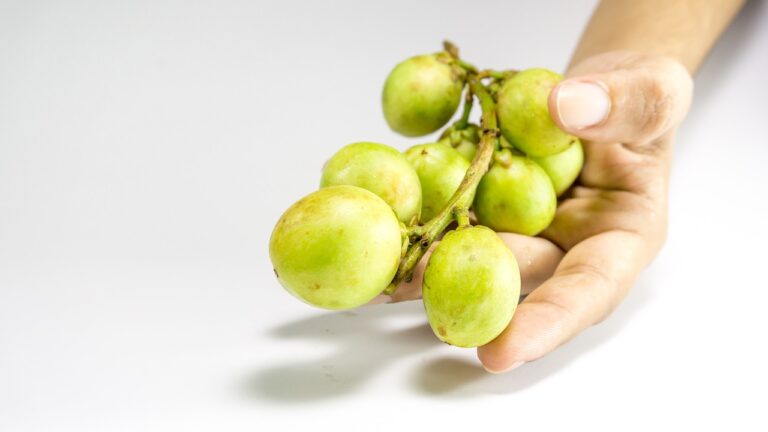Exploring the Health Benefits of Traditional Healing Traditions
Traditional healing practices vary widely across different cultures and regions, often reflecting the beliefs and values of each society. In Africa, traditional healers known as Sangomas use a combination of herbal medicines, rituals, and spiritual guidance to treat various ailments. These healers play a significant role in the community and are sought out for their wisdom and ability to connect with the spiritual realm.
In Asia, traditional Chinese medicine incorporates practices such as acupuncture, herbal remedies, and tai chi to restore balance and harmony within the body. Ayurveda, the traditional healing system of India, focuses on individualized approaches to health through a combination of herbal treatments, dietary changes, and mindfulness practices. These diverse healing traditions highlight the rich tapestry of cultural knowledge and practices that have been passed down through generations.
History and Origins of Traditional Healing
Traditional healing practices have deep roots that date back thousands of years across cultures worldwide. In various ancient civilizations, healers relied on natural remedies, rituals, and spiritual interventions to restore balance and well-being to individuals. These traditional healing methods were often passed down orally from one generation to the next, incorporating the wisdom and experiences of the community.
The origins of traditional healing can be traced to the belief that illness and afflictions are not solely physical but also have spiritual or emotional components. Shamans, medicine men, and traditional healers viewed sickness as a manifestation of imbalances in the body, mind, or spirit. By addressing these underlying issues through herbs, ceremonies, and energetic practices, they aimed to promote healing at a holistic level, encompassing the individual’s entire being.
Holistic Approach to Healing in Traditional Medicine
Traditional medicine often employs a holistic approach to healing, focusing on the interconnectedness of the mind, body, and spirit. This approach recognizes that an individual’s well-being is influenced by various factors such as their environment, lifestyle, emotions, and relationships. By addressing all aspects of a person’s life, traditional healers aim to restore balance and promote overall health.
In traditional healing practices around the world, methods such as herbal remedies, massage therapy, energy healing, and spiritual ceremonies are commonly used to treat not just the physical symptoms, but also the underlying causes of illness. This holistic perspective emphasizes the importance of considering the whole person in the healing process, rather than just focusing on the specific ailment or disease. By treating the individual as a complex and interconnected being, traditional medicine seeks to support healing on all levels physical, mental, emotional, and spiritual.
Traditional medicine takes a holistic approach to healing
Focuses on mind, body, and spirit interconnectedness
Considers various factors such as environment, lifestyle, emotions, and relationships
Aims to restore balance and promote overall health
In traditional healing practices worldwide:
Herbal remedies, massage therapy, energy healing, and spiritual ceremonies are common methods used
Treats not just physical symptoms but also underlying causes of illness
Emphasizes considering the whole person in the healing process
Supports healing on physical, mental, emotional, and spiritual levels
What are some examples of traditional healing practices around the world?
Some examples include Chinese medicine, Ayurveda from India, Native American healing practices, and African traditional medicine.
How did traditional healing practices originate?
Traditional healing practices have been passed down through generations and are often rooted in cultural beliefs and ancient wisdom.
What is the holistic approach to healing in traditional medicine?
The holistic approach in traditional medicine focuses on treating the whole person – mind, body, and spirit – rather than just the symptoms of a particular illness or condition. This can involve a combination of herbal remedies, spiritual practices, and lifestyle changes.
How effective is traditional healing compared to modern medicine?
The effectiveness of traditional healing practices can vary depending on the individual and the condition being treated. While modern medicine often focuses on treating symptoms with pharmaceuticals, traditional healing takes a more holistic approach and may be effective for certain conditions.
Are traditional healing practices safe?
Traditional healing practices can be safe when conducted by trained practitioners who understand the potential risks and benefits. It is important to consult with a qualified traditional healer or healthcare provider before trying any new treatment.







